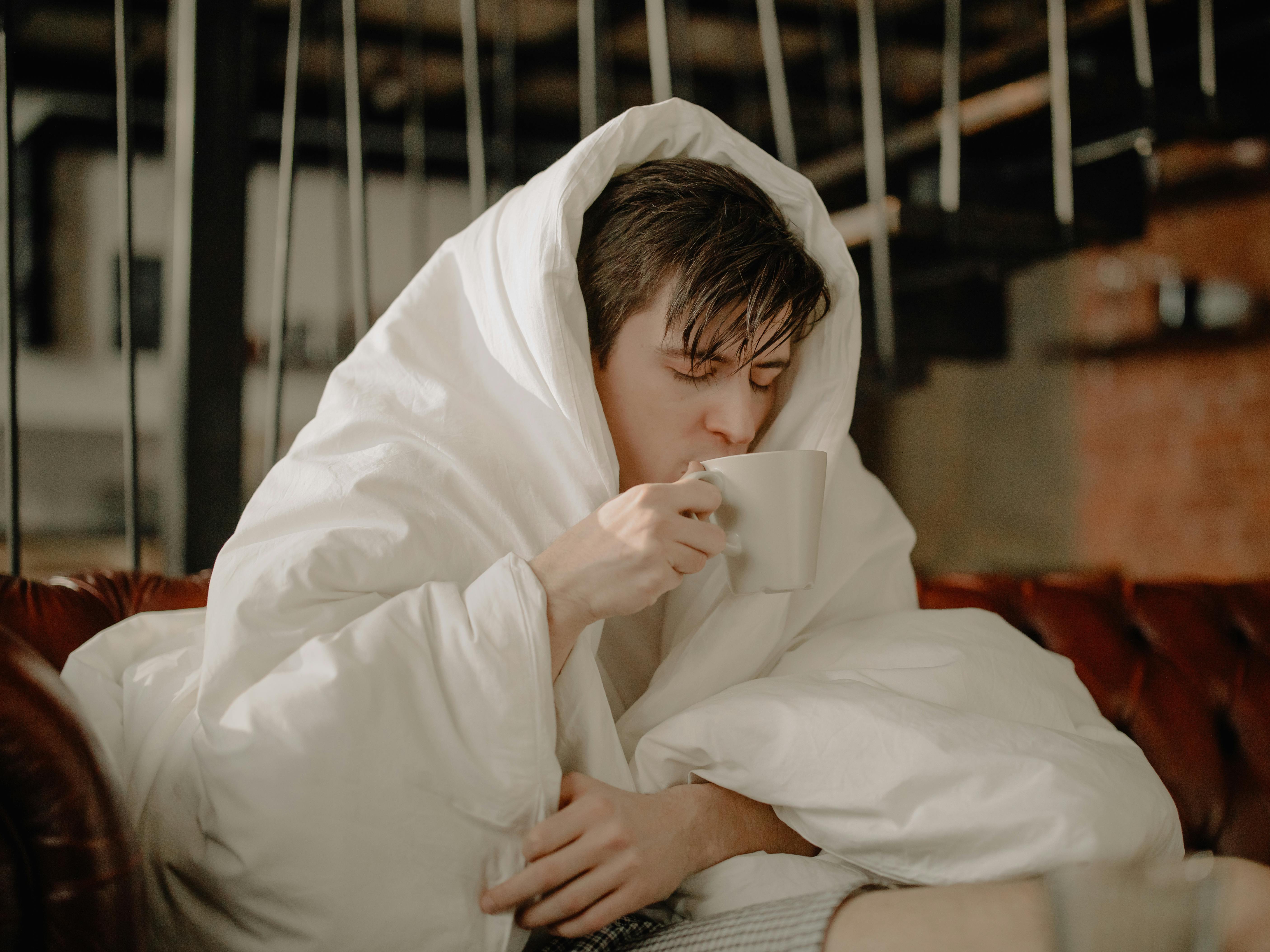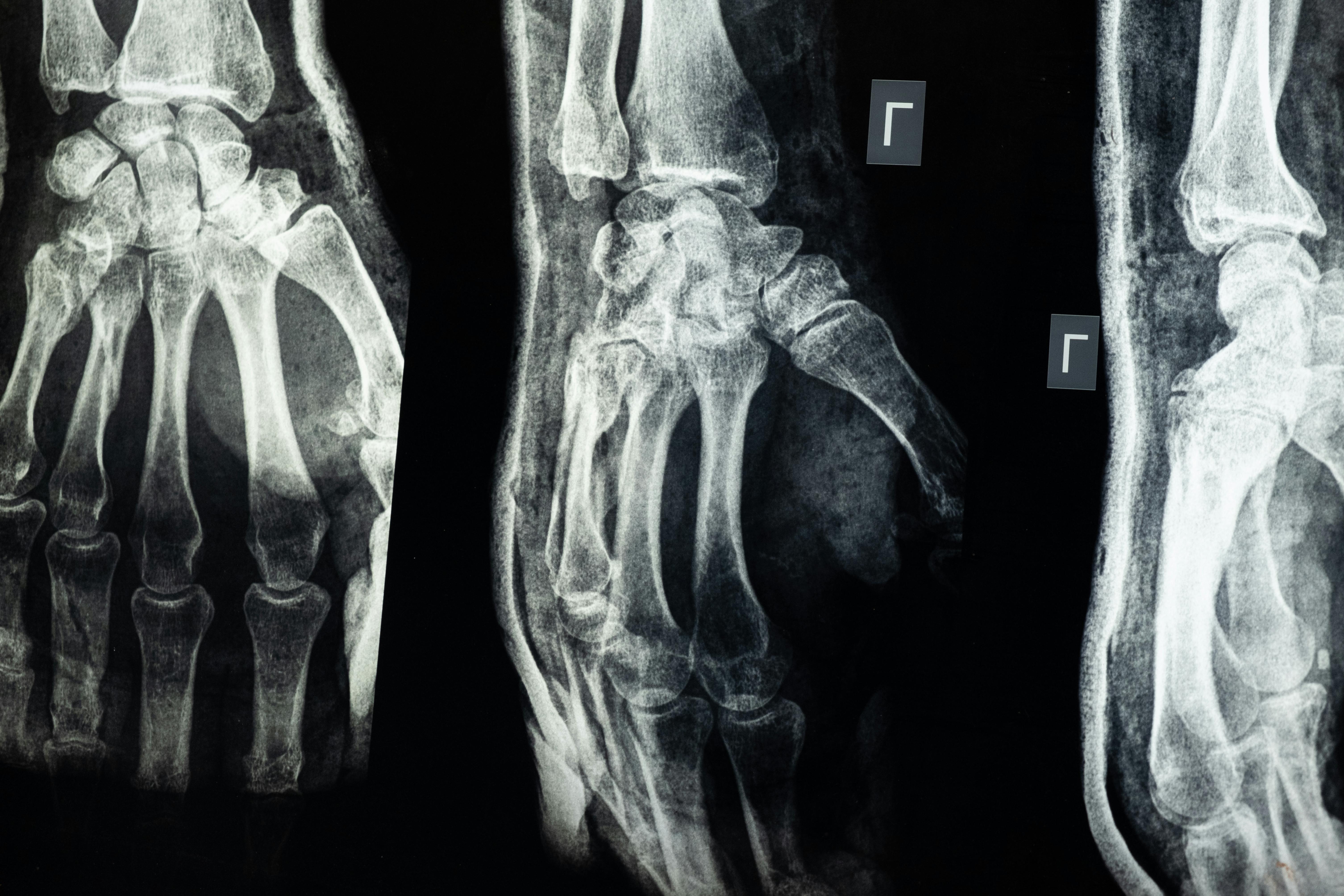Does your training increase or decrease your risk of injury? Our goal is to perform at the highest level possible while reducing the risk of injury. Baseball is a sport that involves strength, speed, endurance, flexibility, and mobility, to name a few. What I’ve been seeing with baseball players from little league, from early adolescence to adulthood, is the widely accepted notion that to become a better athlete you have to train for form, not so much for function. What is the difference?
The form is what can be called bodybuilding, building the body with a focus on the large muscles or the main engines of the body. The chest, shoulders, abs, arms, and quads, also known as mirror muscles, what we can see in the mirror, are most commonly developed using machines and free weights. Bench presses, sit-ups, bicep curls, and knee extensions are the exercises of choice. What’s wrong with that, you can tell? I thought that to participate in athletics, do I have to get stronger and condition my body for that sport? Yes and no. Let me explain, let’s see the function.
Function is what is useful, how the body is used in different planes of motion for a desired action. Baseball, for example, involves throwing, hitting, and running and must deal with forces that cause rotation, forces that distract a joint during acceleration, and forces that must decelerate, stabilize, and transfer to produce the desired action. So you ask, did I think building my stronger muscles would do that? When we focus only on fitness or bodybuilding, you are creating an unbalanced environment.
Let’s take a look at one of the most troublesome problems when it comes to baseball players, shoulder injuries. When an athlete throws a baseball, force is generated from the lower body and transferred through the core to the upper body through the shoulder, elbow, and wrist, providing “speed.” of the ball. However, the force does not stop there. Once the ball is released, that force does not go away, it must be decelerated back through the wrist, elbow, shoulder, upper body, center, and lower body. Simply put, what accelerates, you must slow down.
The shoulder is the most mobile joint in the body, however, what we gain in mobility we sacrifice stability. Imagine your shoulder as a ball on a plate, very mobile but not very stable. Because the shoulder, or any joint, must be stable before moving. Shoulder stability is highly dependent on the rotator cuff muscles. The rotator cuff muscles originate from the shoulder blade and their goal is to keep the ball centered on the plate so that the large muscles can produce the acceleration, deceleration, and rotation forces during the throw. The muscles around the shoulder blade that provide stability to the shoulder joint include the lower trapezius, the serratus anterior, and the rhomboid muscles. All of these muscles not only support the shoulder, but are also crucial for maintaining posture.
Weakness in these muscles and the focus on strength training for the chest, arms, and abs will create an imbalance between the front and back of the shoulder girdle (upper body), possibly creating an upper back. rounded and a forward (stooped) head appearance. This imbalance places the upper back muscles in an elongated position, which will create increased stress on the rotator cuff during the deceleration (tracking) phase of throws and altered throwing mechanics. Many times it can manifest as discomfort and pain in the shoulder, up to the upper arm, elbow and forearm. So how do I avoid this? Build your body as if you were building a house. You wouldn’t start with the roof and windows before you have a solid foundation. So don’t just throw yourself into strength training, start with a solid, stable foundation and proper alignment before packing up the muscle!
Use a foam roller first to loosen tight muscles and stretch the muscles around your shoulder for optimal range of motion (for more information on the foam roller, see Foam Pain Relief). Stretching the muscles in the front (chest, shoulders, and internal rotators) and strengthening the muscles in the back (lower trapezius, rhomboids, and external rotators) will help balance the shoulder girdle. Next, because we transfer lower body strength to upper body while throwing and vice versa, we focus on core strength and stability. The core involves more than just the abs and lower back; includes the deep muscles along the spine to the pelvis and hips. Most people think of basic exercises as movements like sit-ups, twists, and back extensions to name a few, however that’s only part of it. The basic exercises can be divided into stabilization and movement exercises. When we try to develop core strength without core stability, we are forcing our bodies to rely on major engines like the chest, abs, and shoulders to stabilize. We must be stable before we can move; otherwise, energy is wasted in throwing, running and hitting, all baseball moves. For a small range of exercises with a variety of uses, from improving posture to sport-specific exercises for throwing, go to Help? Does it hurt on the fuel page on performance4life.com?


